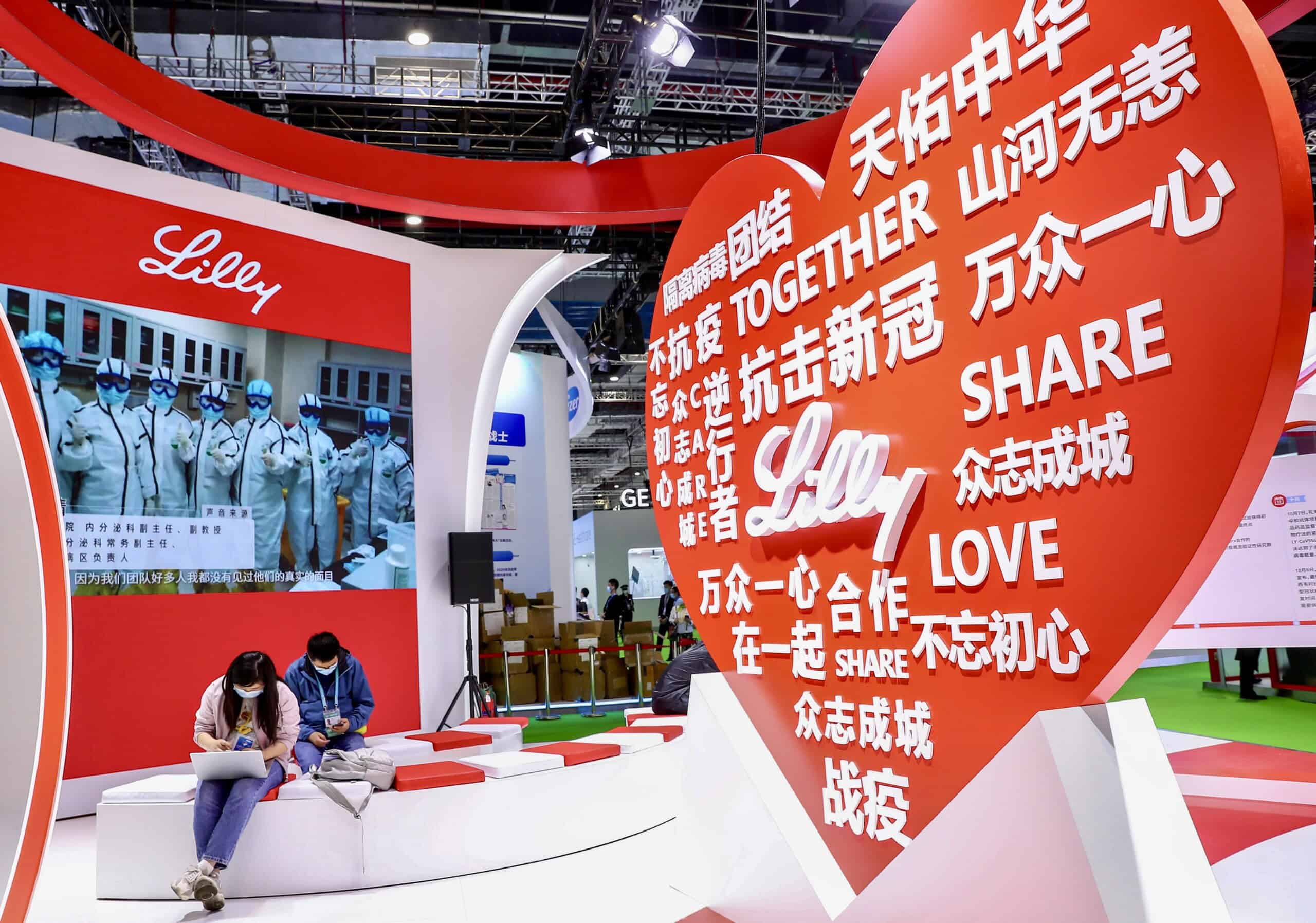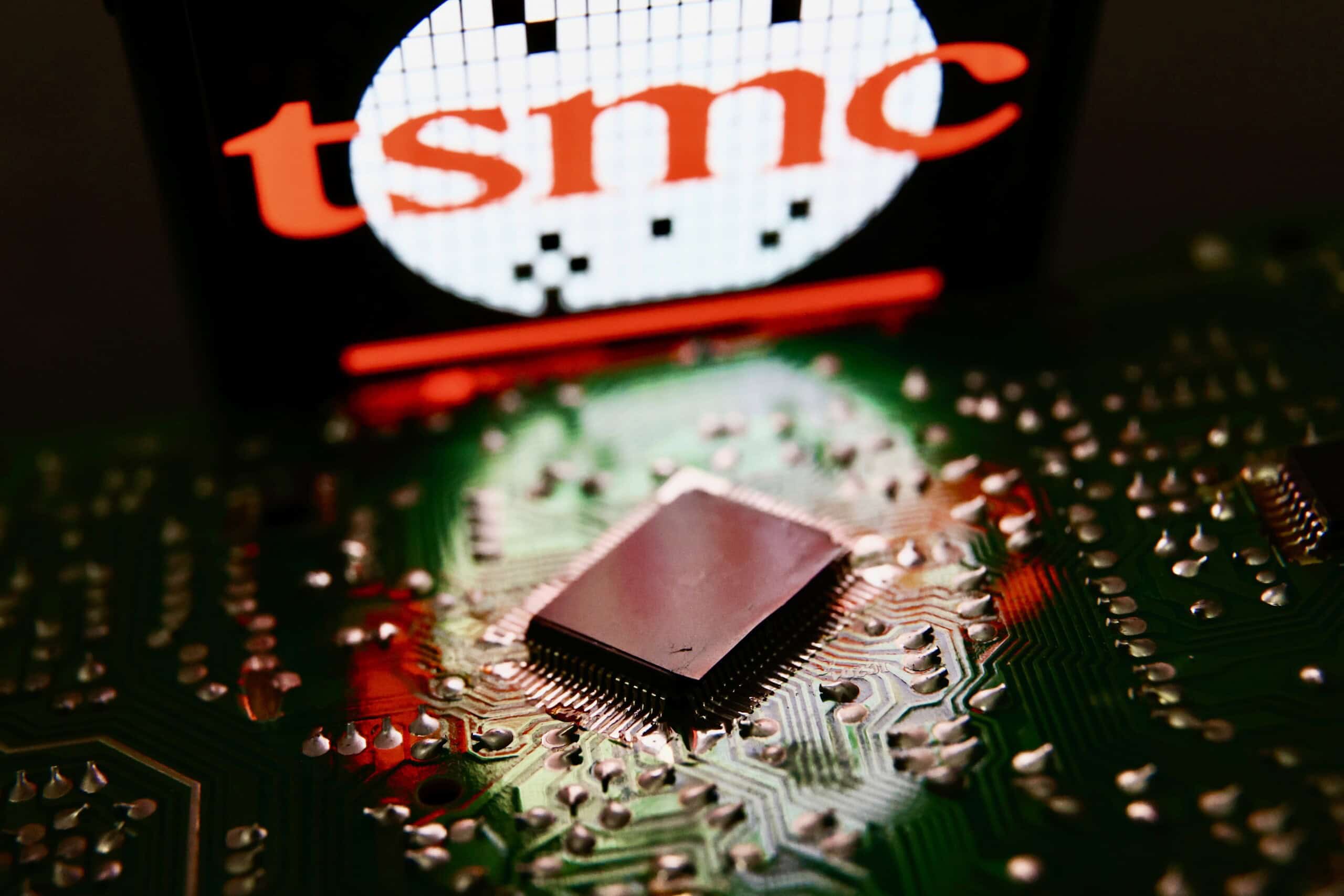
While many foreign businesses are scaling back in China, U.S. pharmaceutical giant Eli Lilly is going against the grain with a string of new investments.

The Indianapolis-based company is plowing $212 million to expand its plant in Suzhou, it announced on WeChat last month. The expansion, which will bring its total investment since 1996 in the southeastern city to $15 billion yuan ($2.1 billion), came after China approved its blockbuster weight loss drug Zepbound in July. Just days later, the company inaugurated a new medical innovation center in Beijing and unveiled plans to establish a Gateway Labs in the city, marking its first innovation incubator outside of America.
Eli Lilly is not the only drugmaker growing their footprint in China. In September, German pharmaceutical company Bayer opened a life science incubator in Shanghai, describing the country’s innovation capabilities as “among the world’s top two.” And the month before, Roche Diagnostics, a division of the Swiss giant, announced a $420 million project — its biggest single investment so far — to expand its manufacturing site in Suzhou.
These investments highlight a rare bright spot in the Chinese market. While China’s economic slowdown, fierce competition from domestic companies, and geopolitical tensions have given some foreign businesses pause in sectors from tech to auto making, pharma has stood out as one industry where they still see opportunities to make profits or collaborate successfully with local biotechs.
“The pharma industry is one of the industries in China that are most open towards international investment and it will continue to be so,” says Justin Wang, a partner at LEK Consulting. “But it’s not that the industry is static and the same business model will survive forever.”
Beijing is opening up the healthcare sector in part to ensure its aging population has access to the best global medicine. In September, the Chinese government eased restrictions to allow wholly foreign-owned hospitals in a number of cities, as well as foreign investment in the development of human stem cells, and gene diagnosis and treatment in several pilot zones. With approval from China’s top drug regulator, the products developed in these zones, located in cities such as Shanghai and Beijing, can then be rolled out nationally.
“The new policies aim to give companies incentives or assurance to continue to invest at a time of uncertainty,” says Xiaoqing Boynton, a partner at Albright Stonebridge Group, where she focuses on healthcare and life sciences.
Foreign drugmakers are also drawn by the scale of the potential market in China. According to IQVIA, an industry data provider, China is the world’s second largest pharmaceutical market after the U.S., with spending on medicine of $163 billion in 2023 that is projected to reach nearly $200 billion by 2028.
It is by no means an easy market, however. While multinationals produced most of the original branded products that have driven spending growth in the past five years, such as German drugmaker Merck’s HPV vaccine Gardasil and cancer drug Keytruda, local drugmakers are catching up quickly, making both cheaper generic drugs as well as competitive, innovative therapies.
[Multinationals] now understand the earlier they can bring their product in [to China], the longer window it would have to stay ahead of the curve.
Justin Wang, a partner at LEK Consulting
On top of that, foreign pharmaceuticals face significant pricing pressure. China’s national reimbursement list — which determines which drugs will be covered by the healthcare system — cut prices on average by over 60 percent in the last two years. Meanwhile the country’s centralized procurement system, a bidding system rolled out in 2018, awards contracts to supply generic drugs for public hospitals to the drugmaker with the lowest price tag. Multinational firms have to date rarely been able to match the rock bottom prices of their local counterparts.

Multinationals have kept their edge by leveraging newer, more innovative drugs. “They now understand the earlier they can bring their product in [to China], the longer window it would have to stay ahead of the curve,” Wang says.

Others, however, have found it more worthwhile to sell assets to local companies. For instance, in August, the Belgium-based biopharma UCB offloaded its manufacturing plant, as well as mature drugs in neurology and allergy in China to a Singapore-based asset management firm and an Abu Dhabi-based investment company for $680 million to focus their business in China on novel medicines instead. The same month, the Japanese drugmaker Kyowa Kirin sold its China business to a Hong Kong company for 15 billion yen ($100 million).
“The bigger [the companies], the more committed they are. They have the infrastructure, the experience, the sales channel and the know-how,” says Wang, referring to the likes of Eli Lilly and Roche. “On the contrary, the smaller companies are more hesitant because it’s difficult for them to manage the changes and they have a much smaller portfolio for them to navigate.”
“It really comes down to the therapeutic area,” adds Boynton. “In spaces where there’s a lot of local competition or if the product’s pricing is too high and faces the government’s cost containment, it can be very challenging.”

Besides the market itself, multinationals have also turned towards partnership with Chinese biotech companies, which have emerged as a source of innovation in recent years.
According to a study by Tsinghua University scholars, published in the scientific journal Nature in July, there are around 4,400 innovative drugs in Chinese biotech companies’ pipelines this year, nearly double that of 2021. About 820, or one fifth of them, are ‘first in class’ candidates that use new methods to treat a medical condition.
China is second behind the U.S. in terms of the number of new clinical trials last year, data from IQVIA shows. In certain therapeutic areas, such as oncology, Chinese companies even appear to be ahead of their peers. For instance China accounts for 42 percent of the global pipeline for antibody-drug conjugates, a class of biological drugs for the treatment of tumors, according to research by UBS, the Swiss investment bank.

To bolster their own pipelines and diversify their portfolios, a growing number of multinationals has signed licensing agreements with Chinese biotechs, purchasing the rights to develop and commercialize their drugs overseas. This also benefits Chinese biotechs, which often lack the funds, expertise, and sales network to go global on their own, and need the money to sustain capital-intensive research.
“For a lot of multinationals, if you look at their Chinese revenue, it’s still pretty small,” notes Leon Tang, founder of the biotech consultancy, ISWT-BioAdvisory. Instead, tapping local biotech companies’ innovative assets has become the primary reason for their Chinese presence, Tang adds.
An early example of successful cross-border collaboration was between the Nanjing-based Legend Biotech and a subsidiary of the American giant Johnson & Johnson, which resulted in Carvykti, a treatment for a type of bone marrow cancer. Launched in the U.S. in 2022, the drug is set to reach blockbuster status and generate $1.3 billion in sales across major markets this year, according to forecasts by Globaldata, an analytics firm.
“In China, clinical trials can be completed much faster — that’s the biggest advantage,” says Ramon Valencia, head of global business development at the UK-based Seacross Pharmaceuticals, a subsidiary of Sichuan Huiyu Pharmaceutical. It’s also more cost-effective to do research and development in China, as government incentives and support for biotech innovation further offset development costs, making Chinese assets more attractively priced. They are often half the price of comparable assets in the U.S. and EU, he adds.
[Multinationals] don’t have to invest their own money to set up research, because venture capitalists will use their money to incubate these biotech companies. They can just reap the fruit.
Jialing Dai, founder of PharmaDJ, an industry intelligence firm
That is starting to change, however. As the number of such out-licensing deals soared in the past two years, so has the size of the payments in recognition of the value of Chinese assets.
Last month, the Anglo-Swedish pharmaceutical giant AstraZeneca forked out $100 million for an early-stage cardiovascular drug from the Hebei-based CSPC Pharmaceutical Group; the Chinese company may receive up to $1.92 billion in the future for achieving certain milestones in development of the drug. Last week, the British drugmaker GSK acquired a clinical-stage drug for autoimmune diseases from the Chengdu-based Chimagen Biosciences for $850 million.

Setting up incubators in China allows multinationals like Roche, Johnson & Johnson, and Bayer to get first dibs on domestic biotech companies’ pipelines, says Jialing Dai, founder of PharmaDJ, an industry intelligence firm.

Foreign companies also sometimes take over entire companies, a tried and true formula for pharma giants to maintain their lead. In one of the most high profile cases, AstraZeneca acquired Gracell Biotechnologies, a China-based company that develops cell therapies, for $1.2 billion last December.
“[Multinationals] don’t have to invest their own money to set up research, because venture capitalists will use their money to incubate these biotech companies,” says Dai. “They can just reap the fruit. They look at which ones are likely to succeed and just buy them.”
Many have celebrated these acquisitions as an endorsement of China’s innovation capabilities, yet there are worries within the industry that Chinese companies are underselling their assets or that, if the buyouts persist, it may be harder for China to develop world-class biopharma companies in the long run.

There are also growing concerns in the U.S. about the pharmaceutical industry’s reliance on China. The Senate is set to vote on the Biosecure Act by the end of the year; if passed, it may force American pharmaceutical companies to sever ties with several prominent Chinese contractors and upend the supply chain of companies like Eli Lilly and AbbVie.
This means the greater the momentum of such partnerships, the more likely it will draw scrutiny. “The business model continues to face risks in Washington because of the increased attention to this type of collaboration in the biotech space,” Boynton adds.

Rachel Cheung is a staff writer for The Wire China based in Hong Kong. She previously worked at VICE World News and South China Morning Post, where she won a SOPA Award for Excellence in Arts and Culture Reporting. Her work has appeared in The Washington Post, Los Angeles Times, Columbia Journalism Review and The Atlantic, among other outlets.





